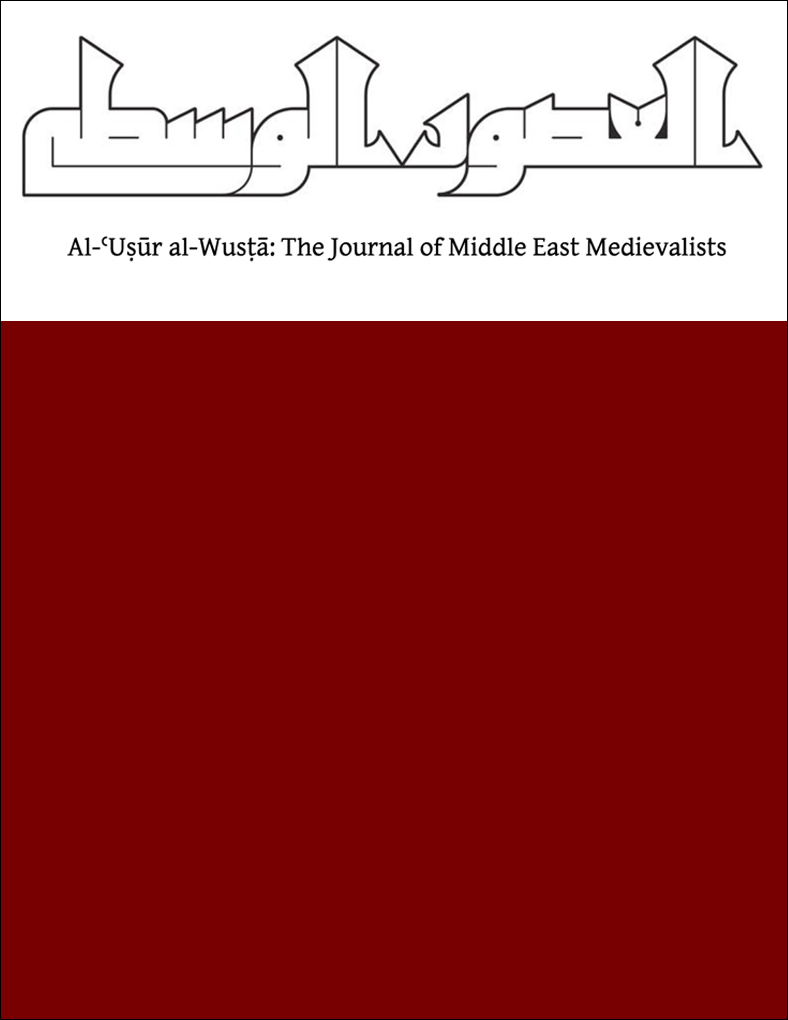Abstract
Female domestic slaves designated as jawārī (sing. jāriya) featured in a range of medieval Arabic sources, including treatises on the mechanical arts. They appeared, for example, as liquid-serving devices and timekeepers. Scholarship on automated jawārī, however, has been scant; little, in fact, has been written on gender, slavery, and technology in the medieval Middle East. Generally, figurative machines have been framed as either practical, proto-robotic forms or wondrous, elite contrivances. Though seemingly innocuous, these approaches are at risk of reinscribing modern biases. In particular, the utilitarian discourse that sees machines as neutral, useful objects has been shown to manifest a position of mastery, reinforcing a slippage between worker and tool. Yet the hypothesis that the automata were objectifying, framing the jāriya as the object of a patron’s viewpoint, might also partake in the binaries of subject and object, master and slave. To attend to the gendered and class-based politics of automated jawārī requires that we forgo common assumptions about both technology and objectification. The notion of instrumentality—here defined as the quality of serving as an instrument (āla) in a process of carrying and transmitting—may prove helpful in this regard. Jawārī, it turns out, were portrayed as instrumental figures in various other domains, including in domestic and spiritual contexts. Ṣūfī saints’ encounters with inspired jawārī, for example, foregrounded the female servant as a vector of divine wisdom. Like the engineer’s prototypes, these narratives were the product of a male, patriarchal viewpoint, oscillating between demeaning and valorizing effects; as such, they fortified some of the norms that made jawārī representable, notably as hypervisible, mediating agents. At the same time, these representations expose the limits of utilitarian, apolitical approaches to technology while positing jawārī as vehicles—more than objects—of instrumentality.

This work is licensed under a Creative Commons Attribution-NonCommercial-NoDerivatives 4.0 International License.
Copyright (c) 2023 Lamia Balafrej

